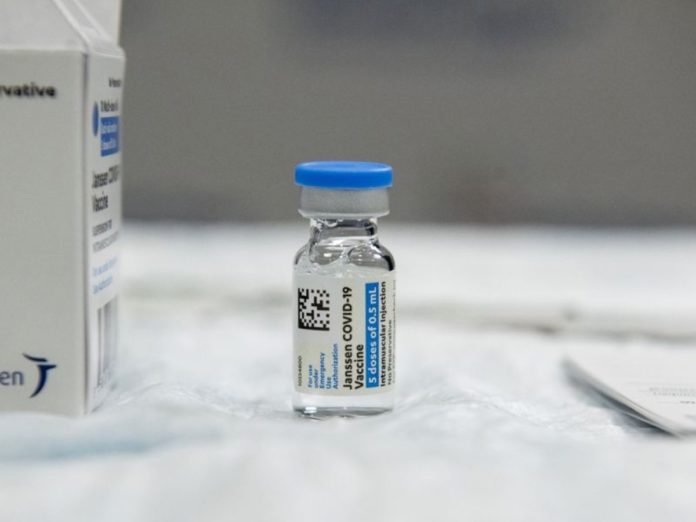As my wife and I were reviewing topics for this column, we decided to see what health observances were in August. I never knew that we observed peaches, zucchini AND watermelons all in the same month. Did you know the 26th is International Dog Day? (My poodle lets me know EVERY day is dog day…) While a 500 word essay on the benefits of zucchinis is tempting, I decided maybe I should talk about a more public health oriented topic — all while trying to avoid the current third rail that is COVID; that’s right, August is also Immunization Awareness Month.
Sometime around 1000 AD it appears the Chinese began to inoculate against smallpox by using the pus from cowpox lesions. (Editor’s note: Yuck!) While not widespread then, by the late 1500s during the Ming Dynasty, powdered scabs were blown into the nostrils of healthy people (double yuck!) and the patients would develop a mild case of smallpox with only a .5-2% mortality rate – vs 20-30% from a wild smallpox infection. These techniques appear to have spread across Asia into the Middle East and Africa by the early 1700s. A British ambassador’s wife in the Ottoman empire learned of this, had her own kids inoculated, and the Royal family, upon learning of this, ran a trial on a group of prisoners. (It was successful, much to the delight of the royal family and I assume the prisoners also.)
By the late 1700s, a British physician was able to effectively prove that inoculation with cowpox promoted smallpox immunity. The practice was spread worldwide throughout the 1800s including into the young United States. Immunology continued to advance and we learned of bacteria and its disease causing abilities. Many different diseases were identified as well as their specific pathogens: cholera, whooping cough, poliovirus, HIB, Typhoid and others, and continued work was spent developing vaccines. Polio vaccine was developed by the 1950s, and many others followed, not without a few horrible failures, such as when nearly 120,000 children were given a vaccination of live poliovirus instead of the attenuated version which they should have received. Ten died, hundreds more were paralyzed, and 40,000 developed mild polio which did not affect their central nervous system.
Even with the setbacks, many diseases have effectively been reduced to oddities, if not eliminated completely (smallpox) through the use of vaccines. We now have the capability to vaccinate against numerous pathogens. In the United States there are over 60 licensed vaccines for nearly 30 different diseases. Some are recommended for everyone, others are more targeted populations.
It’s taken us 1000 years to get where we are today, and while many of us received our recommended vaccines as babies and were updated as schoolchildren, not all of us have kept up with immunizations as we have gotten older. Many significant diseases can be prevented or minimized by staying up to date on immunizations. Go see your primary care provider, have the discussion, and make sure you make an informed decision.
Have a great week, and be healthier today than you were yesterday!





















